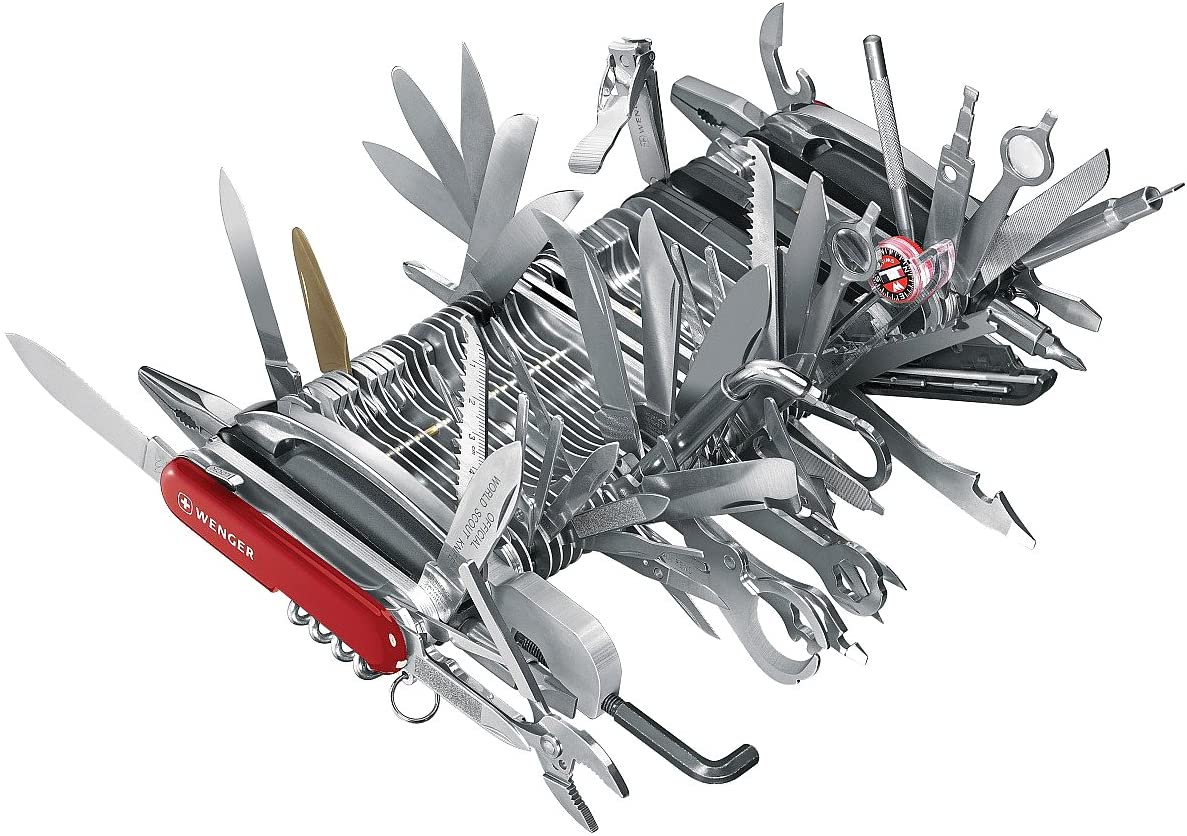5 Procedure Writing Mistakes that Could Cost You
Process Improvement
Stop the Procedure Madness! 5 Procedure Writing Mistakes that Could Cost You
Procedures are the backbone of any successful operation, especially in high stakes industries like manufacturing, healthcare, or aviation. With the best intentions, common errors can creep into your procedures, making them confusing, ineffective, or even dangerous. Poorly written procedures can lead to costly errors, safety incidents, and decreased efficiency.
Let's dive into some of the most frequent mistakes and how you can avoid them:

1. The "Training Manual" Trap:
It is tempting to cram everything into a single document, but procedures are not training manuals! While procedures should be clear and easy to follow, their primary purpose is to guide competent individuals through a specific task. Separate training materials should provide the foundational knowledge and skills before someone tackles the procedure.

for example, instead of explaining the principles of electrical safety within a lockout/tagout procedure, provide a separate training session on electrical hazards and safe work practices.
2. The "Goldilocks" Dilemma: Finding the Right Level of Detail
Procedures must strike the right balance between too much and too little information. It is important to remember that procedures should be written for the minimum knowledge required to perform the task safely and effectively. Procedures should have the “what” and “when”, and training materials should have the “why” and “how.”
Think of it like this: a procedure is like a recipe for a specific task. The recipe tells you what ingredients to use (what) and in what order (when). You don't need a lengthy explanation of why each ingredient is necessary or the history of baking within the recipe itself. That information is valuable, but it belongs in a cookbook or a baking class.


3. The "Anxiety of Ambiguity":
Vague language is enemy number one in a procedure. Words like "appropriate", "sufficient", or "as needed" leave too much room for interpretation and can lead to inconsistencies, errors, and even accidents. Language needs to be clear, concise, and specific.
4. The "One-Size-Fits-All" Fallacy:
Trying to make a single procedure cover too many variations or situations can result in a document that i's either too generic to be helpful or too complex to follow.
For Example, instead of having one generic procedure for "equipment maintenance," create separate procedures for each piece of equipment, tailored to its specific maintenance requirements.


5. The "Visual Overload" Distraction:
While visuals can be helpful in training, they often clutter procedures and distract from the core actions. A procedure is not the place to teach; it is a guide for doing.
Remember: Procedures are Precise Execution Guides
Procedures should primarily focus on what to do and when to do it not the how to and why. They should be:
- Action-Oriented: Providing clear, unambiguous instructions for specific actions.
- Concise and Minimalist: Avoiding unnecessary detail or explanation.
- Sequence-Driven: Emphasizing the order of steps, especially in critical situations.
- Standardized Language: Using precise terminology to ensure consistent interpretation.
Training materials complement procedures by providing the "why" behind the actions, system knowledge, and decision-making skills. By avoiding these common pitfalls and understanding the distinct roles of procedures and training, you can create clear, effective, resources that contribute to a safer and more efficient workplace.
Start reviewing your procedures today! Use this blog post as a checklist to identify areas for improvement or call PeopleCore for a Procedure Audit.
